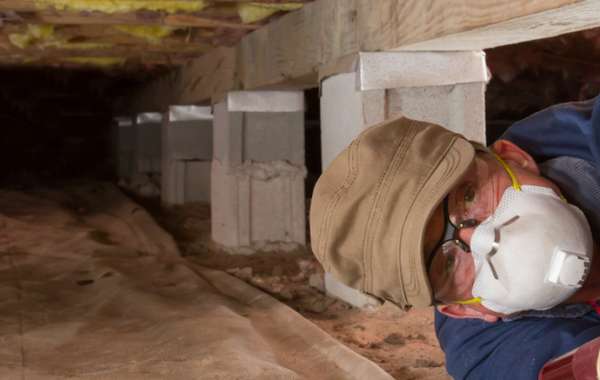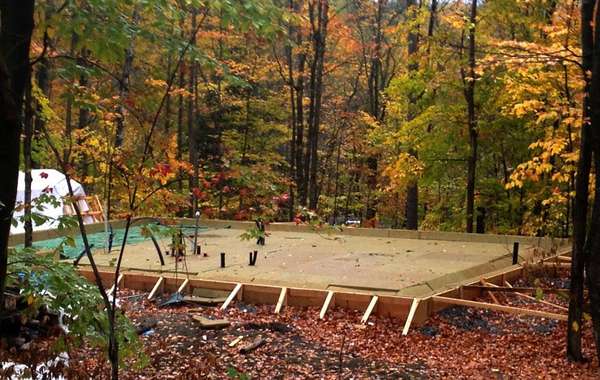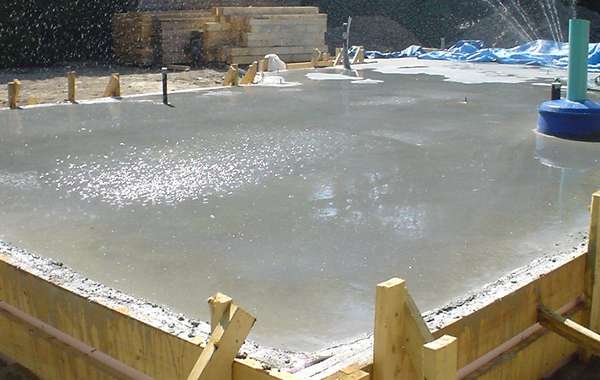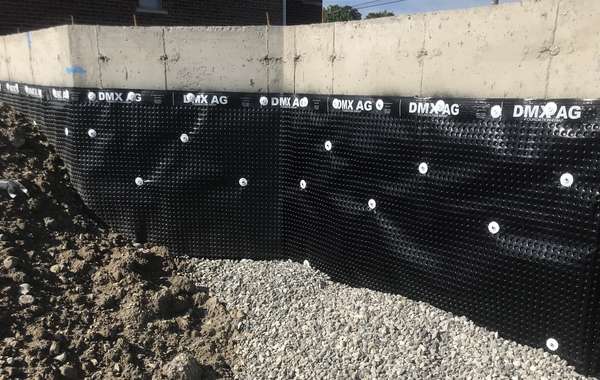How much insulation should I install underneath my concrete slab in my basement?
I live in a cold climate - Winnipeg Manitoba, and intend to install radiant heat in the concrete slab. As my basement is below the frost line, I’m not sure if insulation is necessary, but want to know what the experts think. If insulation is required, how much and what type is recommended?


























You absolutely need to install insulation under a slab, you would be utterly miserable if you didn’t, you would have frozen feet and an empty wallet from all the money you spend on your heating bills. Here is a page that details it even more-
How much insulation a basement needs
Being below the frost line doesn’t make much of a difference, the ground temperature would be at best 5 or 6 Celsius ( 41-42F) since Winnipeg isn’t known for having ‘balmy’ winters.
Heat always moves from warm to cold, so as long as the ground below your slab is cooler than your slab (which it would be by about 15 degrees Celsius in your case) you will be feeding heat into the ground.
Your basement should be designed by a professional of course, but we would recommend EPS foam, at least 4 inches, better would be 6 or 8 inches if you can, but not more than that.
Below is a thermal model of what a floor would like in a climate similar to yours. The image on the left is uninsulated, and you can see by the extended colour gradient below the concrete from warm to cold is evident to a depth of many feet, while in the images with insulated floors you can see that much more heat is contained by the insulation. Also worth noting is the light red colour of the uninsulated floor which indicates a cooler temperature that the white-coloured insulated floors, which is less comfortable for occupants.
There are also insulated slab on grade form kits for purchase where the engineering is all done and the foam acts as the forms, so there are no wooden forms to assemble and disassemble after concrete is poured. Drop us a line at info@ecohome.net if you want more information or a quote.
Insulation is important but I've found that low moisture content in the ground memoe the slab might be more important
like at least 4" of gravel above weeping tile and good drainage
Sorry - are you suggesting that low moisture content below a slab is more inportant than insulation? If so, what climate are you referring to and how did you come to that conclusion? You should always have a bed of clear stone for drainage then lay insulation on top. Building a slab with no insulation below it in a cold climate will make a horribly uncomfortable slab that drops a ton of energy into the ground as evidenced by the the thermal modelling image above. If I've misunderstood what you are saying please clarity, thanks Bunsdad.
Do you recommend EPS or XPS. I read xps is superior to eps - less water absorption, higher r value, longer retention of its insulation properties over many years. What are your thoughts? Also, Manitoba hydro indicated the value in insulating below grade slab is not cost effective as most heat is lost through the walls. Is my situation different because I intend to do radiant heating?
what are your thoughts
When I first read that I didn't believe you at first and figured you misread something. So I did a google search and actually found it, to my surprise and shock. That is inaccurate and positively terrible advice.
The return on investment for adding insulation under a slab floor is difficult to determine accurately without knowing the local cost of insulation as well as power, or without an estimated life span of the house. But anywhere in Canada or the middle to upper US states, it would be foolish not to insulate a basement floor of a new home under construction. In Manitoba, Canada, adding 2 inches of insulation below a concrete slab floor would pay for itself likely in a few years.
Insulating a slab floor means will result in greater durability, it will protect air quality by reducing the chance of mold forming, it will save significant amounts of energy and provide much greater thermal comfort for occupants.
In your case as you plan to install a radiant floor, it is even MORE important to insulate it well as you will greatly increase the temperature differential between the slab and the ground. A typical radiant floor operates between 30 and 50 °C, which means a lot of heat transferred to the ground that will be about 5 or 6 °C.
I have only ever heard from one Canadian with an uninsulated radiant heated slab floor and his heating bills were so ridiculously high that he planned to sacrifice his radiant floor, sacrifice some head room and eat the cost of laying down insulation and additional new flooring.
We always recommend EPS over XPS below a slab, the added R value of XPS just isn’t worth the added cost – meaning EPS is cheaper per R value, and XPS manufacturing has very high green house gas emissions. In Manitoba we would probably put about 6 inches of insulation below a floor for a sensible ROI.
Here is our page on the best way to insulate a basement, there are diagrams there that may help you out.